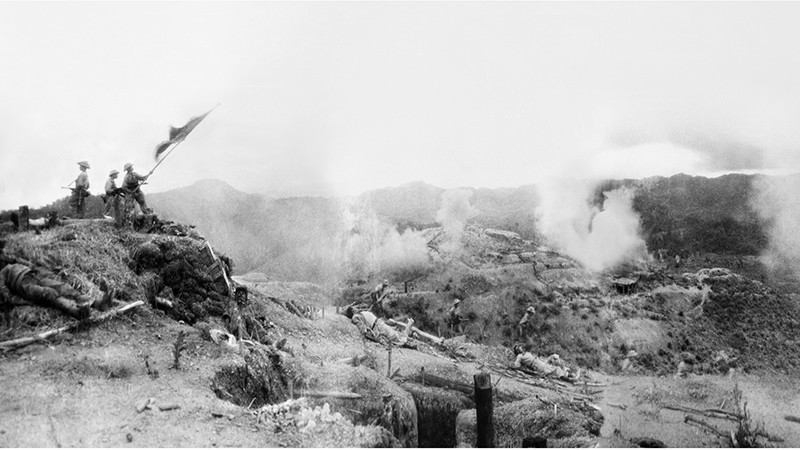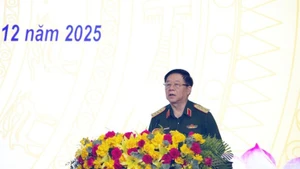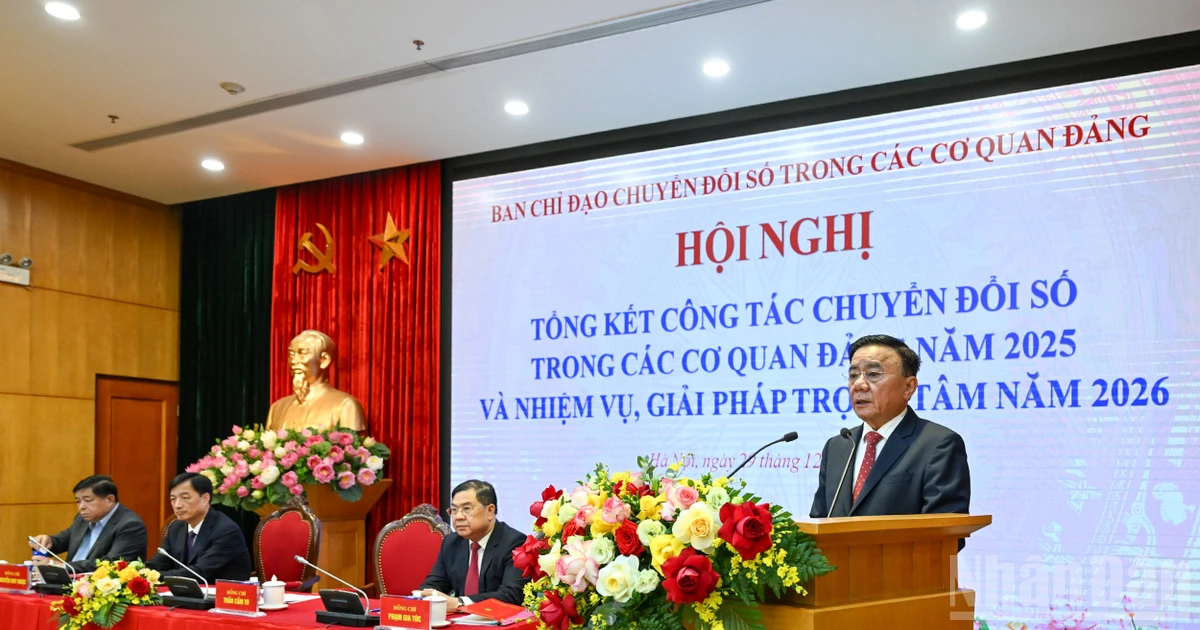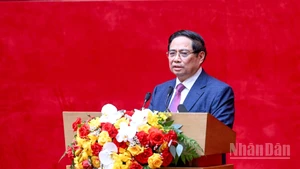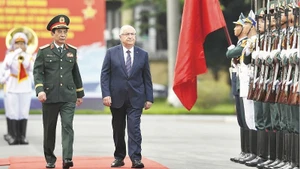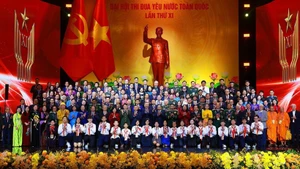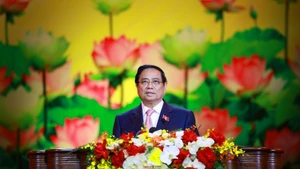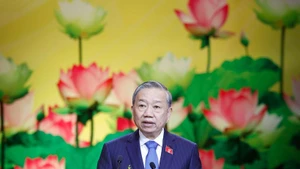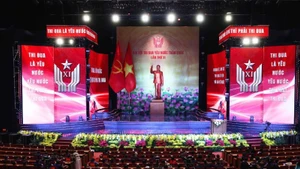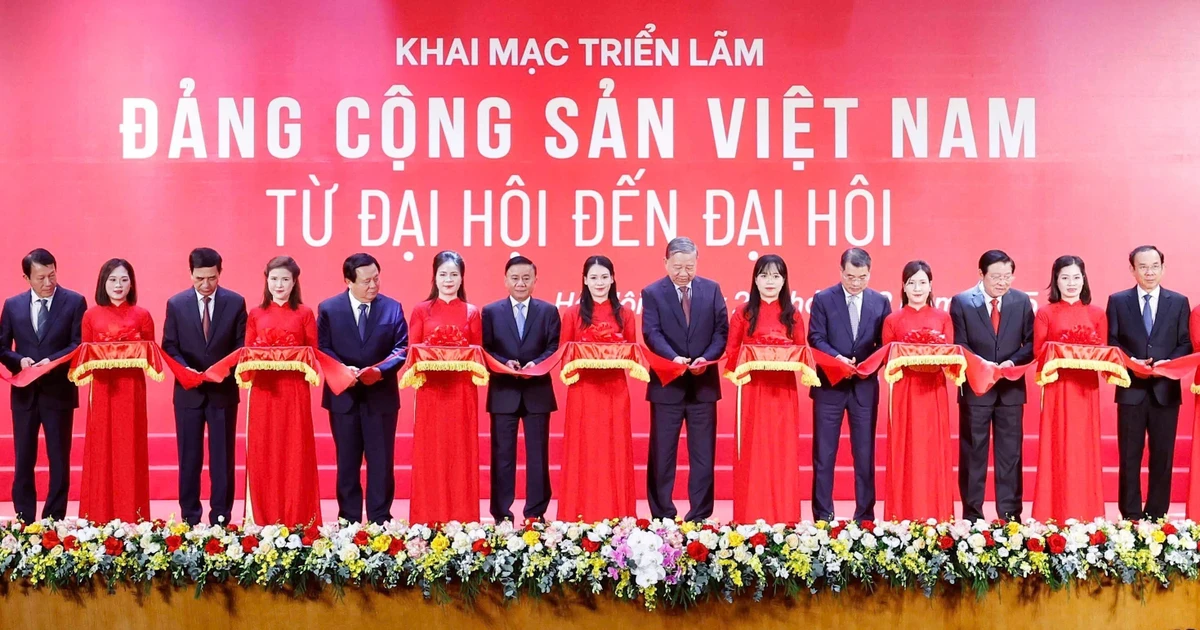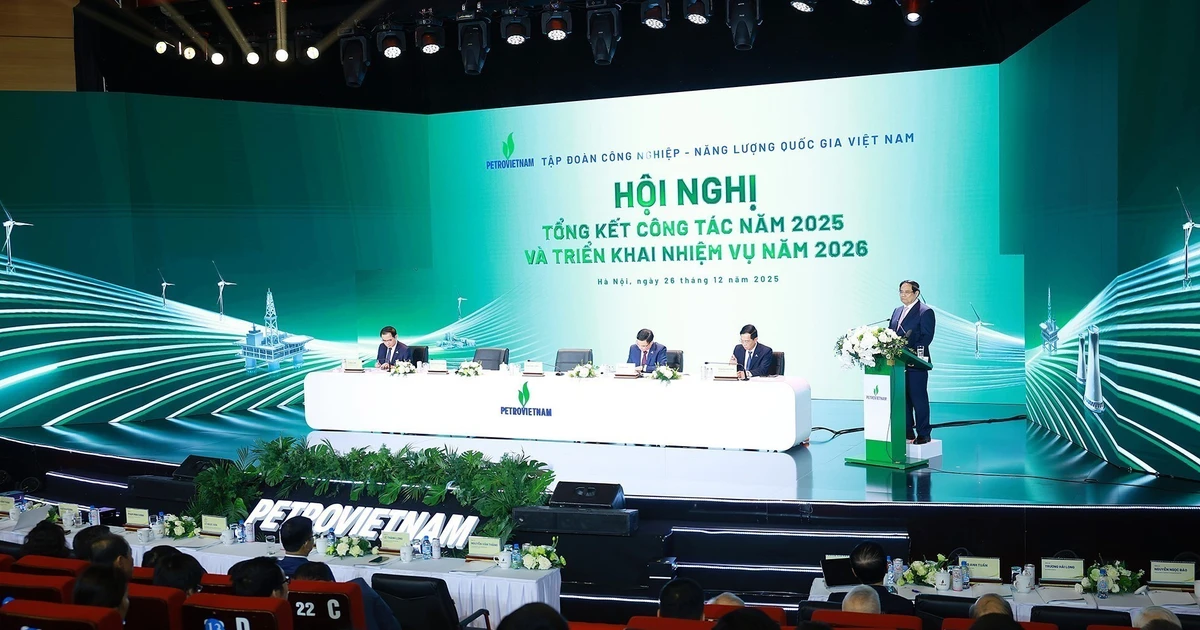At 5:05 pm, Vietnamese artillery concentrated its firepower to deliver a massive bombardment on the base group. The opening battle of the Dien Bien Phu Campaign ended at 11:30 pm on the same day. Him Lam resistance centre was completely paralysed. More than 300 enemies were destroyed, and about 200 others were captured alive. The 3rd Battalion under the 13th Demi-Brigade of the Foreign Legion was completely wiped out.
While launching the attack to Dien Bien Phu, on March 13, 1954, Commander-in-Chief of the Vietnam People's Army, General Vo Nguyen Giap, issued an order to mobilise all officers and soldiers on the battlefields nationwide to coordinate with the Dien Bien Phu Campaign. Following the General's mobilisation order, right on March 13, 1954, the Party Standing Committee of Ha Dong Province (now part of Hanoi) decided to send soldiers to operate in the north of Road No. 6A, opening a guerrilla zone in the north of Chuong My District, restoring the Lien Nam – West Thuong Tin District guerrilla zones, and destroying the enemy’s military post system towards disrupting their pacification and sweep plan.
On the Road No.5 front, in the provinces of Hung Yen, Hai Duong, and Kien An (now in Hai Phong City), tens of thousands of guerrilla militiamen and district-level soldiers were mobilised to sabotage Road No.5 and the railway, as well as combining with land mine attacks to overthrow the enemy’s trains and level railway guard towers in Quan Ron and Xuan Dao.
In southern provinces, on March 13, 1954, the army and people of Go Cong Province (now part of Tien Giang Province) surrounded and forced seven posts to withdraw, including four quite large ones of Binh An, Tan Phuoc, Ben Chua, and Gia Loc. As a result, more than 500 enemies were killed and captured alive, and more than 200 guns and tonnes of ammunition were collected. Local soldiers also coordinated with provincial soldiers to organise many battles against the enemy in Lang Dai, Lo Than, Cay Duong, and Ba La, etc., to disintegrate the 15th Puppet Battalion.
